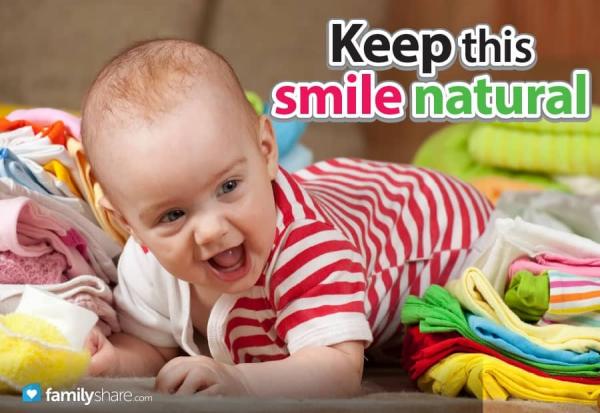
Looking for a way to save thousands of dollars, drastically reduce your household waste, and limit your children's exposure to chemicals? Cloth diapering may be your answer. Cloth diapering has evolved considerably over the past decade, and today's diapers are high-tech, convenient to use, and affordable for any family. But, are cloth diapers right for you?
Why Cloth Diapers
The most recent Cloth Diaper Pulse survey revealed that the majority of cloth diapering families chose cloth diapers to save money. The cost of disposable diapers varies widely between sources, but plan to spend between $1500-2000 dollars disposable diapering one child. In contrast, you can purchase cloth diapers that will last from birth to potty training for under $500, with some budget-friendly systems totaling under $100. Cloth diapers can also be used for more than one child, further increasing savings.
Cloth diapers are also the best choice for the planet. Disposable diapers can take up to 100 years to fully decompose, but cloth diapers are sustainable. Many cloth diapers are also made of renewable fabrics such as wool, hemp, and bamboo.
Lastly, cloth diapers limit your children's exposure to chemicals. While research on the safety of disposable diapers is mixed, you can feel secure knowing that cloth diapers are chemical-free and safe for baby. Also, cloth diapers work well for children with skin sensitivities or allergies.
Learn the Lingo
Cloth makes sense, but researching the right system for your family can be overwhelming. In an attempt to meet the needs of all families, cloth diaper manufacturers have developed many systems to best suit the desires of their customers. If you don't know the difference between all-in-ones, pocket diapers, and prefolds, there are plenty of places you can turn. Search out cloth diaper retailers and blogs online for the most up-to-date information.
Make a Wishlist
After researching types of diapers, make a list of what is most important to you. Prefolds and covers are the most economical solution, but all-in-twos are a good blend of easy-to-use and budget-friendly. Pocket diapers and all-in-ones go on and off like disposable diapers, making them easy for caregivers, but they can be some of the more expensive options. Almost any diapering system can be purchased in either natural fiber or man-made microfiber. Are natural fibers important to you? You will also need to decide if you want sized diapers for the trimmest fit, or if you would rather save money by purchasing one-sized diapers, which fit from around 8 pounds up through potty-training.
Making a list of priorities will narrow down the diaper systems and brands to consider. Having a clearly defined wish list and budget will focus your research and make choosing less overwhelming. This is also a good time to head to a store or friend's house to get some hands-on experience with diapers. If you can't see cloth diapers in person, make sure to look at lots of pictures online and read reviews. Remember that most cloth diapering families use a variety of diapers to meet their needs, so keep an open mind.
Start Small
Not every diaper works for every baby, and not every system works for every family. Once you've decided on a system or combination of systems you would like to try, purchase a few and see how they work out. It is much easier to build a stash over time than to try to return a large number of diapers.
If you buy diapers online, make sure to purchase from a company with a wash, try, and return policy, such as diaperjunction.com or nickisdiapers.com. That way, if you end up with diapers that don't work for you, you can return them, no questions asked.
Care for Your Investment
Once you've purchased your stash of diapers, care for them properly by always following the manufacturer's washing instructions. You will need to wash your diapers in an additive-free laundry detergent, either one made specifically for cloth diapers or a commercial brand such as Purex Free and Clear, Ecos Free and Clear, or Original Tide powder. To get your diapers squeaky-clean, you'll want to do a rinse on cold followed by a wash on hot, then another rinse on cold. Never use fabric softener or dryer sheets on your diapers. You will also need to strip your diapers every few months to remove build-up. Follow your manufacturer's directions.
It only takes a matter of weeks before cloth diapering becomes second nature. In the most recent Cloth Diaper Pulse Survey, 72% of cloth diapering families said that cloth diapering was easier than they expected. Cloth diapering doesn't have to be hard, and it can actually be a lot of fun picking cute prints and trying new brands. Don't be afraid of cloth; you'll be surprised at just how easy it is.

